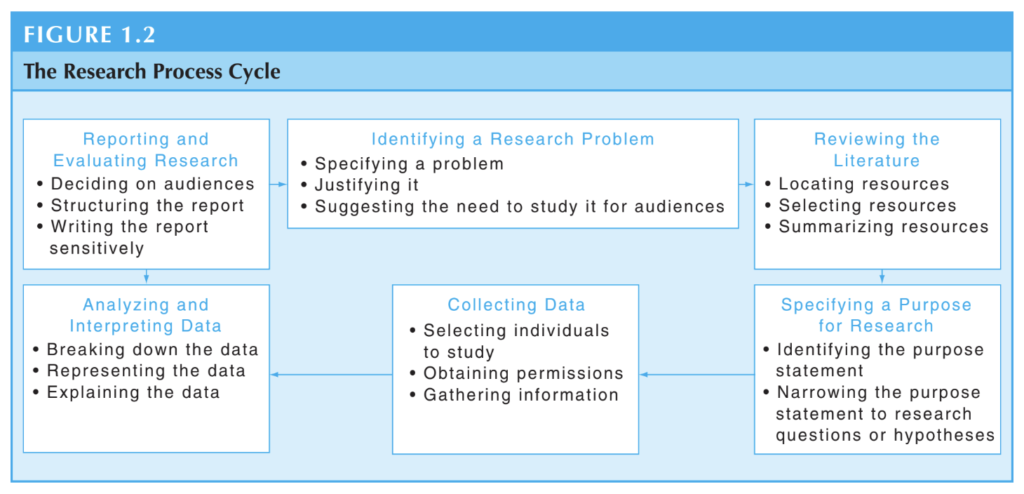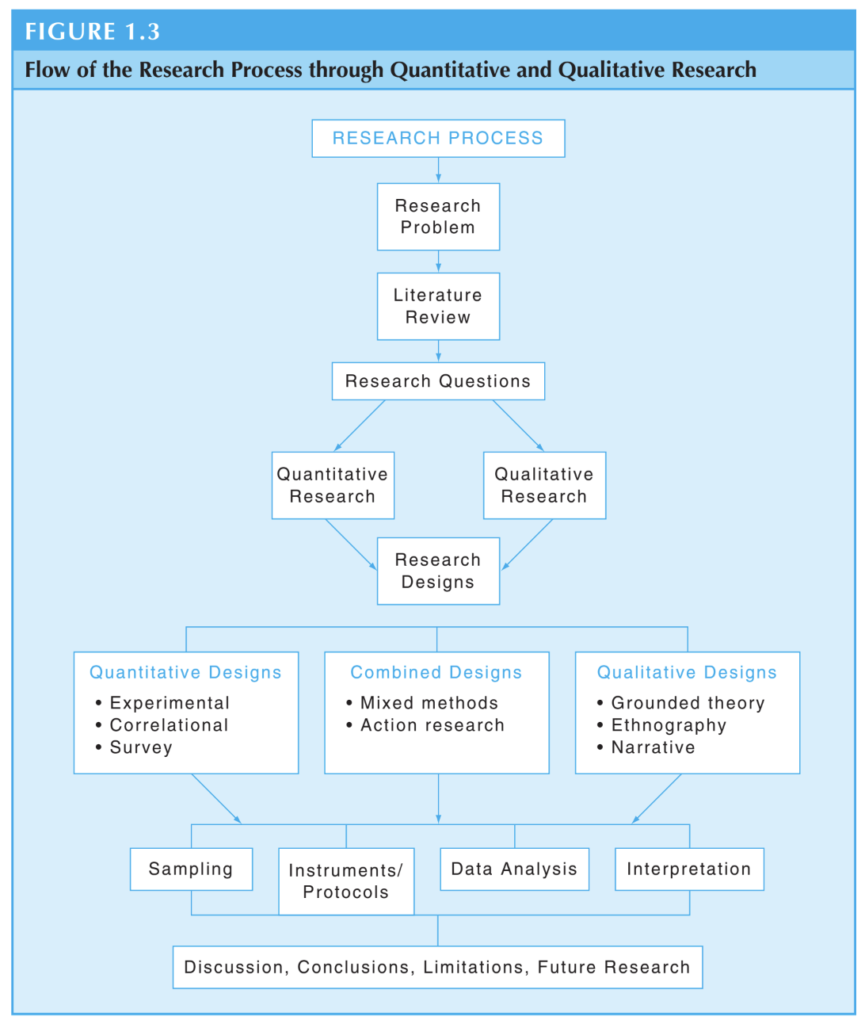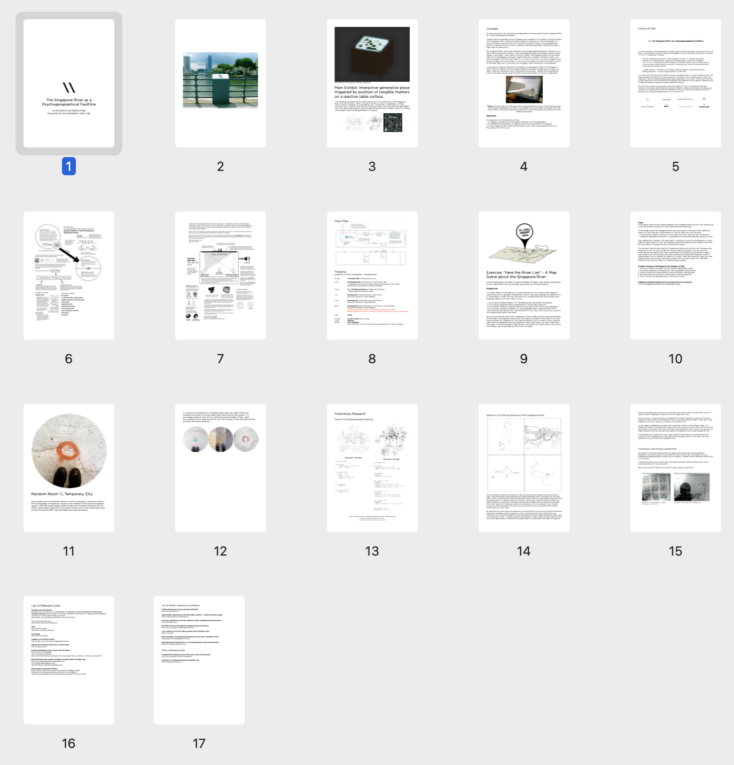
The Multitude of Research Methodologies – Which ones should I use?
debbie ding
- 0
- 226

When I started broadly looking for the keyword “Virtual Reality“, I realised that research papers came in so many different “formats”. There were computer science and engineering papers, which are either about describing technological innovations, or studies which improve on technological innovations by borrowing research methodologies heavily from the social science, psychology, and which often involve collecting and analysing data and statistics. Then there were digital humanities papers which were often like ‘one-off case studies’ that deal with data structures and finding patterns in vast sets of data. And then there were also game design and game philosophy papers which were often comparative or readings through different conceptual lenses, such as marxist reading or formalist reading or structuralist or postcolonial reading of the media as text. There were also research studies of the applications of VR in different fields, such as education, healthcare, etc…. The list goes on and on…
It is worth noting that in the past I have seriously considered doing my postgrad studies in design (HCI) or computer science as well because these are areas which also interest me and which I have some sort of “background” in (largely through informal education). As someone who wants to do interdisciplinary research (and artistic research is not something that is well-defined and often borrows from other fields), when I am browsing through Google Scholar, I am often confused by the diversity of TYPES of papers. Sometimes the papers are really interesting to read, but I myself would never imagine writing a paper like that, using those methods!
What I perceive from a lot of the computer science / social science approach to research is that the researcher attempts to define the terms and metrics by which we can understand the phenomena and then analyses the data within the constructs that the researcher has defined / constructs which have been agreed upon for the field of study. Whereas humanities or philosophy papers often seem to put forth a case study or an argument that describes the value or knowledge that the text/media/artwork has brought into the world.

If you asked me about it, the computer science / social science approach feels “safe” because the researcher is going to back it up with hard cold evidence. The approach seems to suggest that we humans can truly understand the world… (to which I say: HA! Not a chance!) Because it also feels somewhat reductionist in its assumption that we can put a fixed value to everything. But on the level of having to design a research project, I suppose a social science experiment has fixed variables that you define and test for, so it would be more manageable to design a social science research study?
Then if we compare that kind of methodology to the humanities, philosophy, or even historical approach, it almost feels more “unhinged” because we admit at the start that we can only futilely grasp at the meaning of things, or that we can only see a tiny slice of time, or that our perception are influenced by countless factors. Here, the human researcher also has to be even more ingenious to make the mental connections and see the patterns of thought and argument for themselves, for there may be no automated or easy means of determining it through data analysis or statistics. But then it is magic when you do bring forth a new idea in the world that might change how people think and perceive the world. And I suppose, if I were being honest, that is the paper that I (idealistically!) want to write!… (so all this this brings me back to Practice-led Research!)

